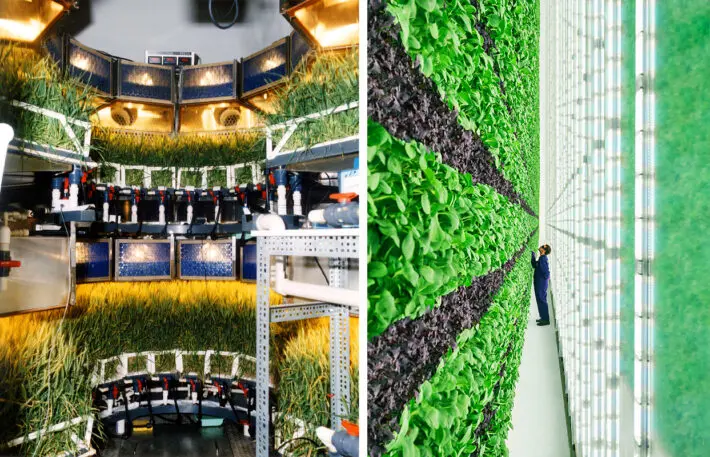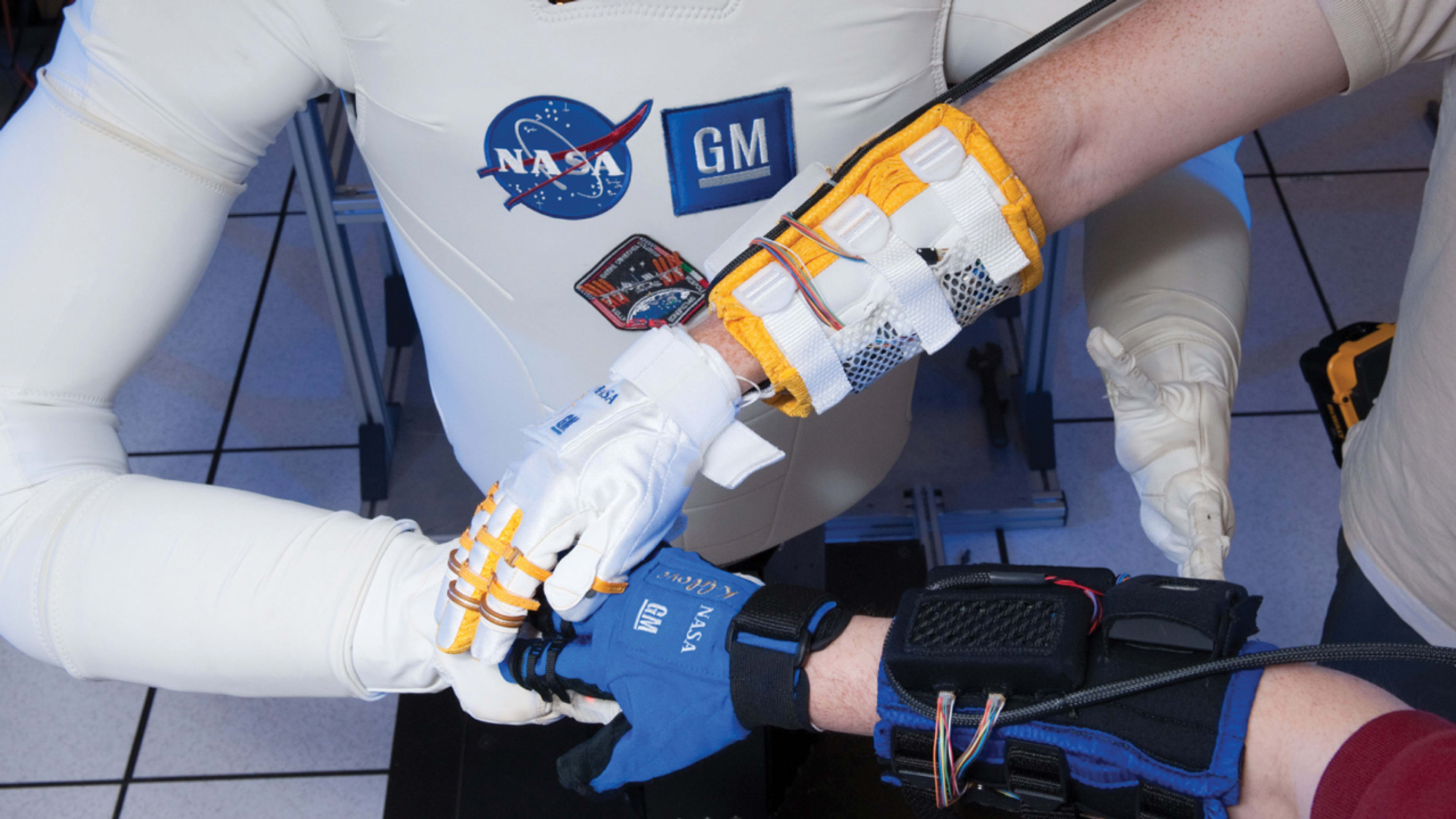From cell phone cameras to microchips, life on Earth abounds with NASA technology.
Since the Apollo era, NASA technology has found extended life in more terrestrial applications—to such extent that the space agency set up its Technology Transfer Program (T2) in 1976 to streamline getting its patent offerings to the public. Chances are that players in next month’s Super Bowl trained on machines derived from microgravity exercise treadmills used by astronauts on the International Space Station. And you can thank a vibration dampening tool in the lunar-bound Space Launch System rocket—slated for its first test flight this spring—for mitigating shaking in some Manhattan skyscrapers.

This year’s report, which posts today on the Spinoff site, features 46 companies that adapted NASA technologies in the past year, plus articles covering NASA’s impact on various industries, such as how creating the first vertical farm jump-started indoor farming. It’s been curated to include a diverse spread of geographic, industry sector, and representation.


NASA is both approached by and seeks out companies worldwide that might benefit from its inventions, though all undergo a rigorous application process. “We make sure our intellectual property isn’t encumbered by a bunch of lookie-loos kicking tires,” says Lockney. “If we’re going to let you use one of our patents, you have to demonstrate technical and business acumen, and have the resources to bring the technology to market.”

Disaster relief
Commercialization is only one type of technology transfer. NASA know-how has also supplemented search and rescue efforts—from overhauling firefighting protection equipment to repurposing remote-sensing radar technology to detect small movements from buried survivors. After large disasters, “sometimes we’ll get a call from the state department, asking, ‘What do y’all got? Is there anything that can help with this?'” says Lockney.
When 33 Chilean miners were trapped underground in 2010, NASA not only sent engineers, who helped design a rescue sled, but also psychologists specializing in confinement and reentry to help mitigate panicking and prepare the miners from emerging to an assault of cameras. And shortly after the pandemic shut down the world two years ago, a handful of Jet Propulsion Laboratory engineers crafted a simplified ventilator that didn’t rely on the traditional supply chain for parts. After getting emergency FDA clearance, it licensed it for free to 40 companies around the world.
Toward the future
A Spinoffs of Tomorrow section highlights 20 NASA technologies ready for commercialization. They include a biometric identity verification system to unlock phones and computers using heartbeats, a nano-material thin-film device that converts carbon dioxide into fuel, and self-healing aluminum that can repair cracks and reverse damage in structures, such as aircraft, tanks, and fuel lines.
Lockney noted other technologies in development, such as growing blood, tissues, and cell cultures in microgravity for pharmaceutical experiments. Given the agency’s ambitions for long-term human space missions, Lockney speculates about future advances in medical technology and telemedicine, along with new materials and microgravity manufacturing techniques, and methods for cleaning air and water. “We’re going to need to recycle that in space, and we need to do that here on Earth,” he says.
His only certainty is surprise. “The fun part is, I don’t know what we’re going to need next or what problem we’re going to run into, who’s going to use it or how,” he says. “And that’s the part I find the most fascinating.”
Recognize your brand’s excellence by applying to this year’s Brands That Matter Awards before the final deadline, June 7.
Sign up for Brands That Matter notifications here.
